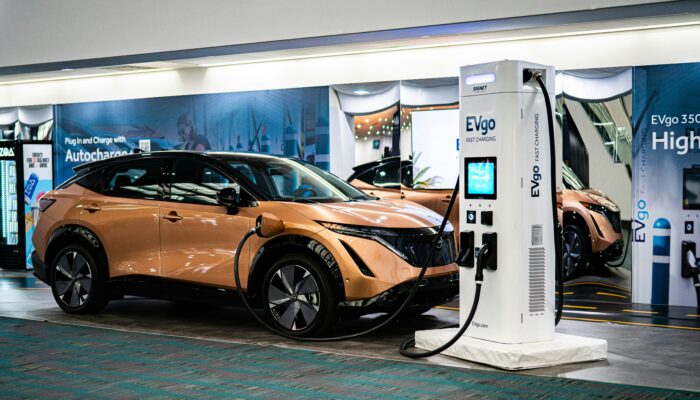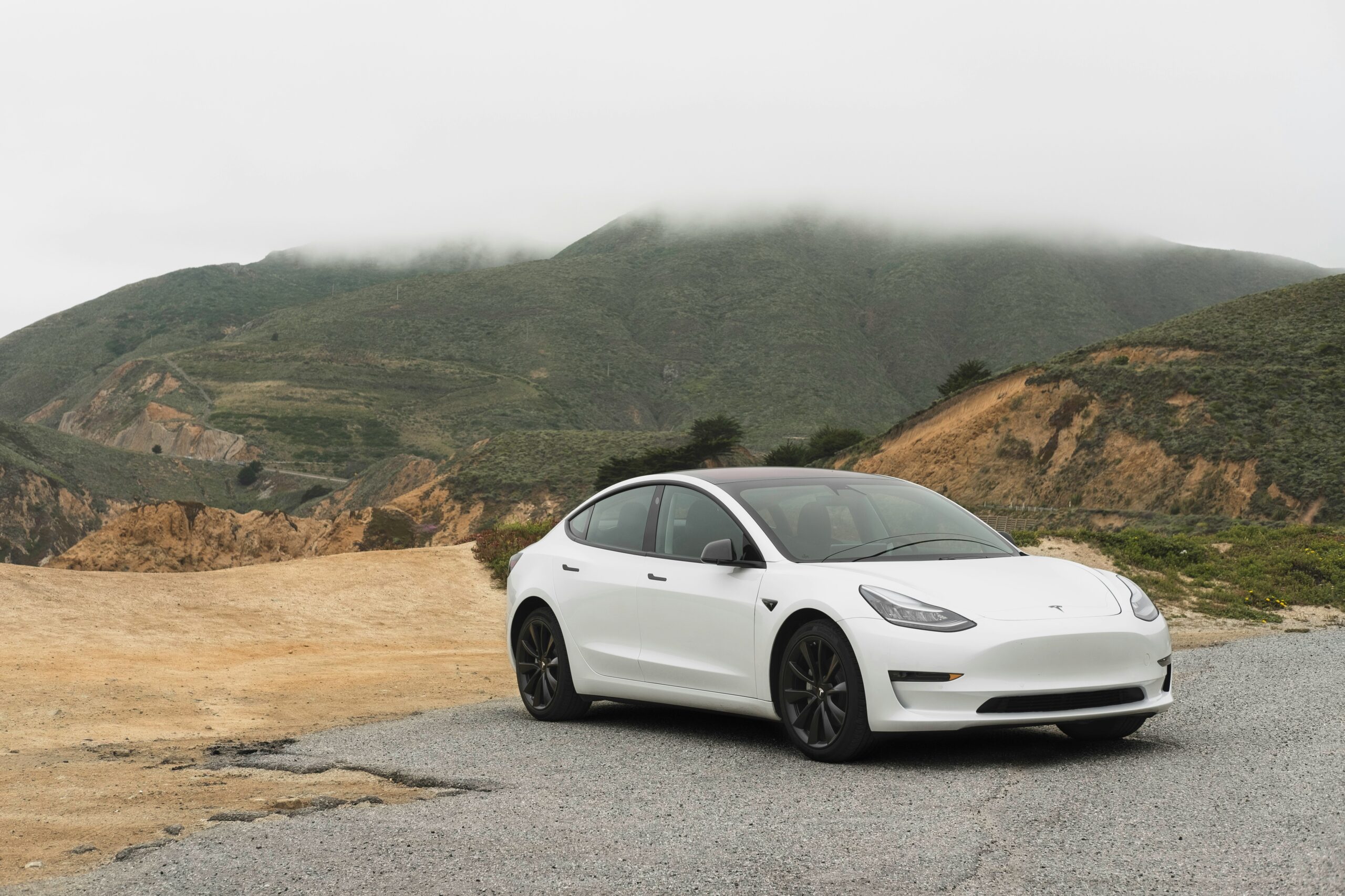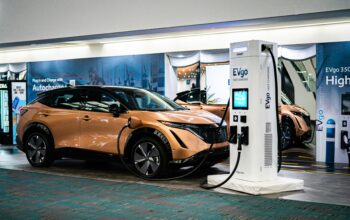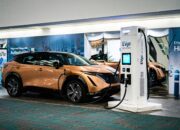Uzone.id – Despite positive quarterly sales, electric vehicle (EV) manufacturers in the United States face significant challenges ahead. The second quarter brought relief to investors with EV sales exceeding expectations, following a period of slowed demand due to high interest rates. However, the journey for EV manufacturers remains uncertain amidst economic fluctuations, high borrowing costs, and evolving consumer preferences.
Reuters reported, key players such as General Motors (GM), Rivian, Toyota, and Tesla recently reported optimistic EV deliveries, leading to spikes in their stock prices. GM notably saw a 40% increase in US EV sales during the quarter, indicating strong consumer interest despite economic challenges. Tesla, as the EV market leader, reported a smaller-than-expected decline in deliveries, adjusting prices and increasing incentives to maintain consumer demand. The company’s strategic shift towards artificial intelligence initiatives like robotaxis and humanoid robots reflects efforts to diversify revenue streams amid slowing EV sales.
Analysts caution that while recent sales figures provided temporary momentum, they do not guarantee sustained growth in EV adoption. The transition from early adopters to mainstream consumers is expected to be gradual and fraught with challenges such as manufacturing costs, battery technology advancements, and global economic conditions impacting the pace and scale of EV market expansion.
Globally, EV sales are projected to reach 16.6 million vehicles in 2024, up from 13.7 million in 2023, led by China’s government subsidies and incentives. Despite these positive projections, analysts warn that current sales figures are insufficient to predict a resurgence in EV sales growth. Sam Fiorani, Vice President at AutoForecast Solutions, commented, “We expect there to be obstacles along the way for the next few years as the market evolves. Some quarters will see growth, some will see decline, but overall, the growth won’t be as robust as in recent years.”

Industry leaders like GM and Toyota remain optimistic about the future of EVs. Marissa West, GM’s North American President, believes, “We can succeed as more customers embrace EVs, and we can continue to succeed if they choose to stick with the engine technologies they know.” Toyota plans to introduce two new EV models for the US market in 2026, responding to increasing consumer demand alongside the success of their hybrid vehicles. “We continue to hear positive demand from the market,” said Damon Rose, Vice President of Toyota brand sales, to Reuters. A Kia spokesperson noted that while percentage growth may not be as sharp as in previous years, overall EV sales continue to grow rapidly.
Efforts to stimulate EV demand include significant subsidies in China for trade-ins, with manufacturers like Tesla and BYD offering interest-free loans and no-down-payment options. These incentives, exemplified by Tesla in the US, helped the EV market leader exceed delivery expectations despite consecutive quarterly declines. Matt Britzman, an equity analyst at Hargreaves Lansdown, said, “However, this is not the time to claim victory over a weak EV market. Tesla would need an extraordinary second half to match last year’s volumes, which may not be very likely.”
Tesla’s recent focus on artificial intelligence projects such as robotaxis and humanoid robots reflects the company’s strategy to innovate beyond vehicle sales, aiming to mitigate the impact of the EV sales slowdown on their revenue. Analyst Thomas Monteiro from Investing.com noted, “Given how bearish the market was on EVs, especially Tesla, in recent quarters, these factors should lead to a repricing of the EV narrative on Wall Street. It’s a multitude of positive catalysts that have converged at the right time.”
In conclusion, while the latest quarterly sales figures provide optimism for EV manufacturers, the road ahead remains challenging. Economic uncertainties, regulatory changes, and shifting consumer preferences will continue to shape the EV market trajectory. Industrial resilience, technological innovation, and cost efficiency will be crucial in sustaining long-term growth and competitiveness in the evolving EV landscape.














